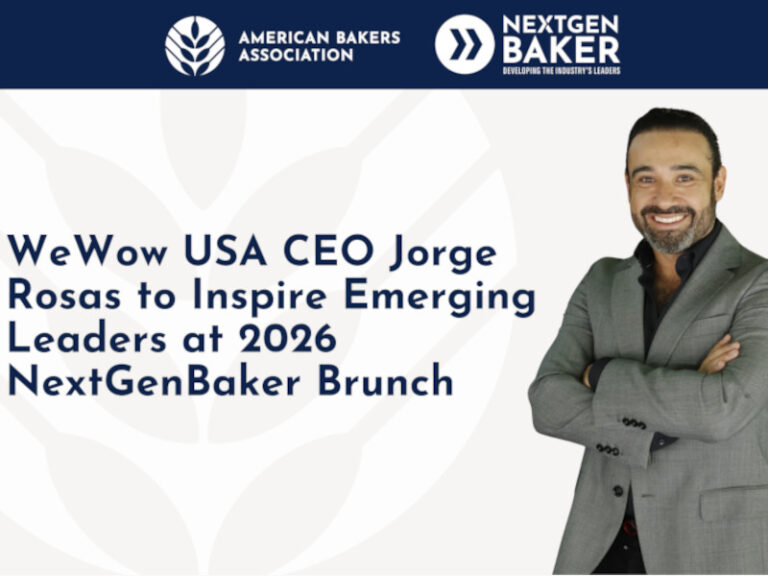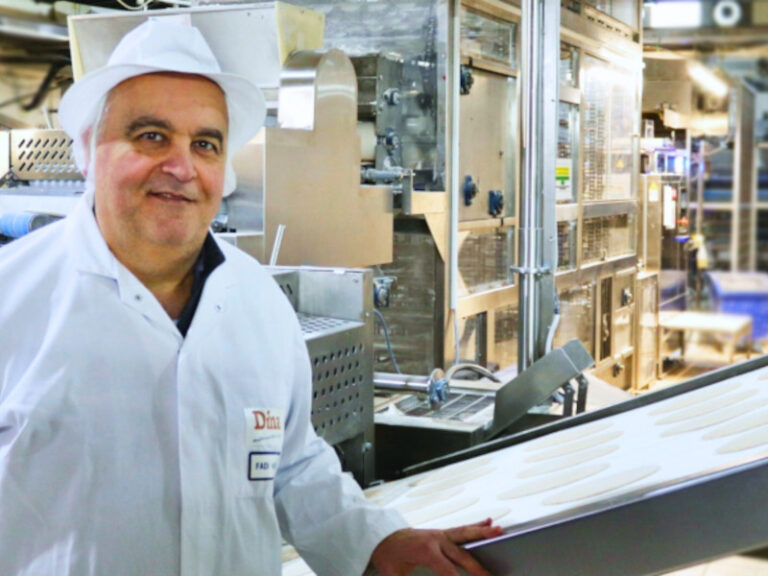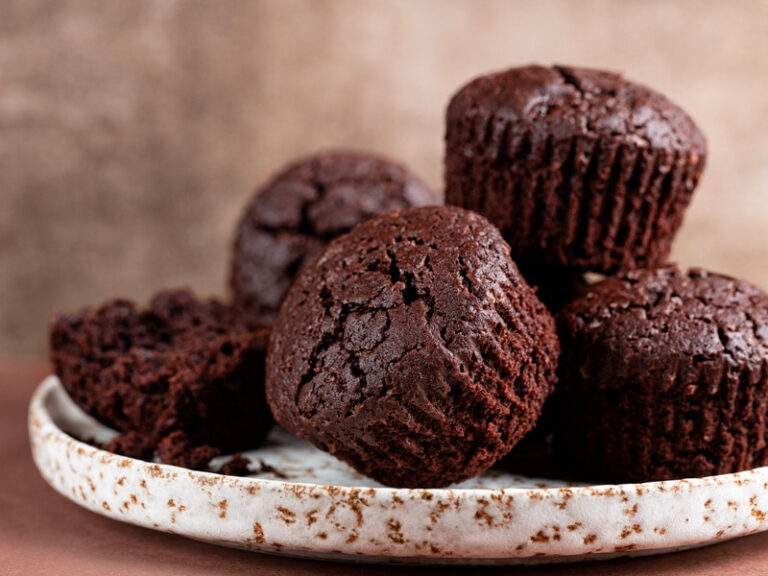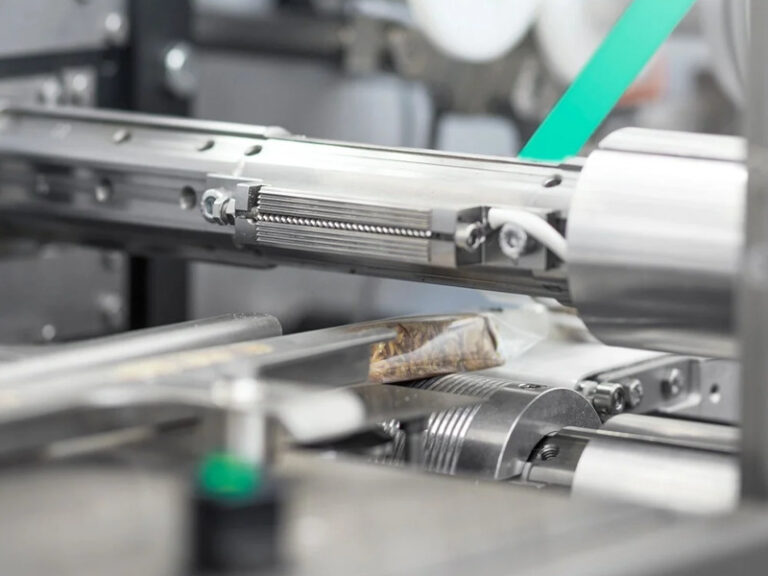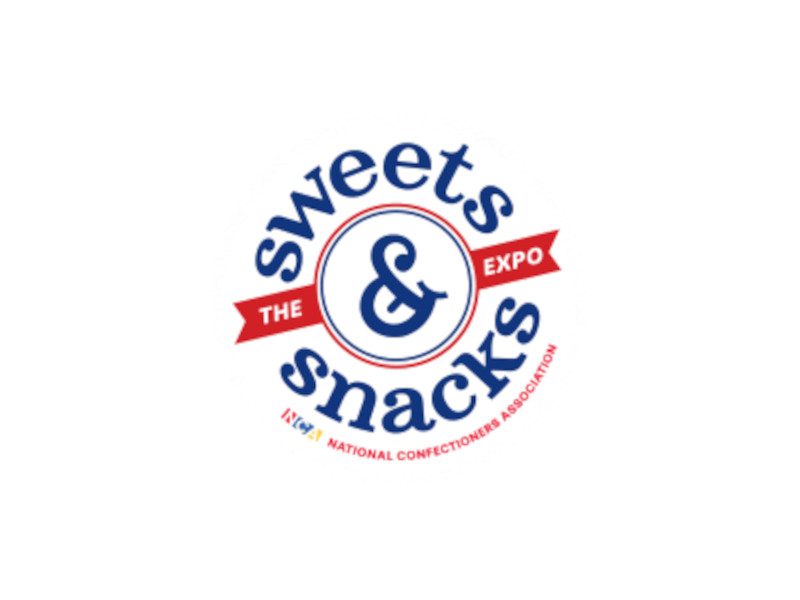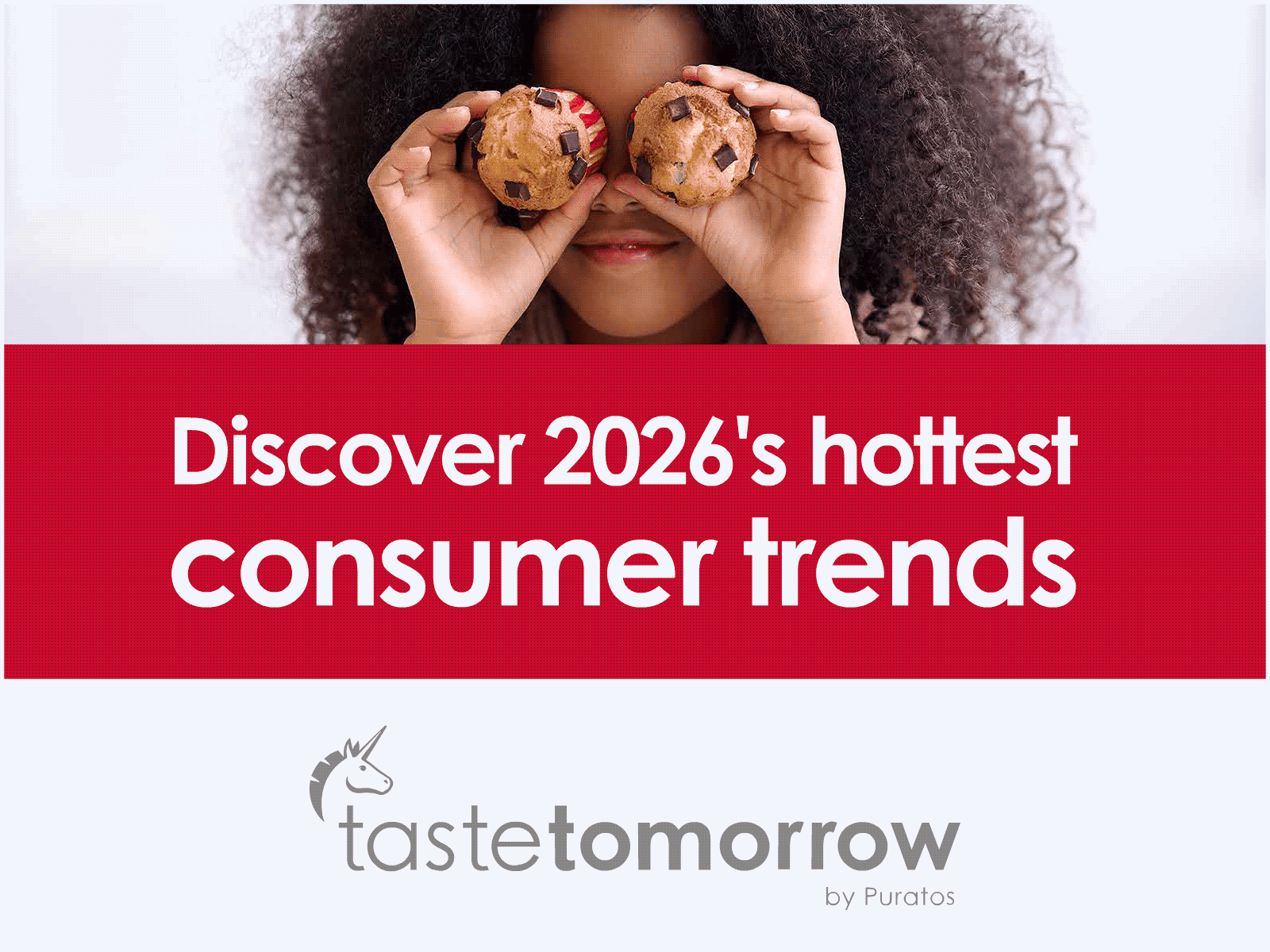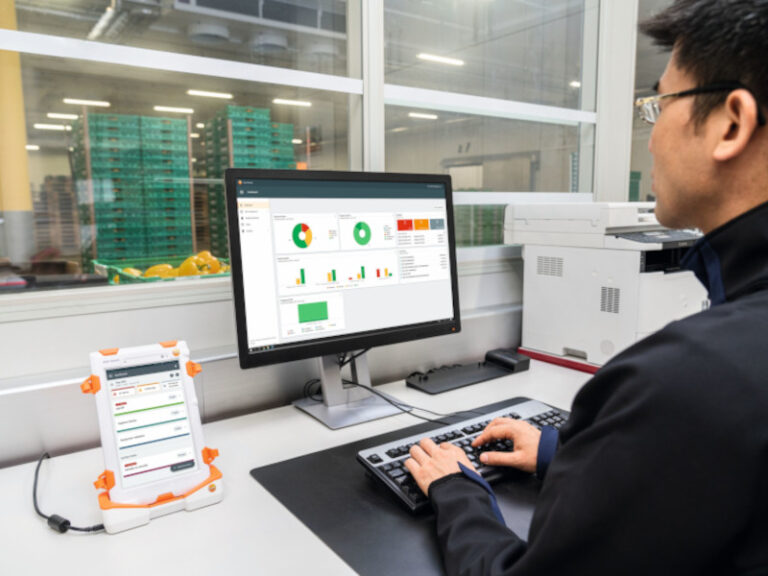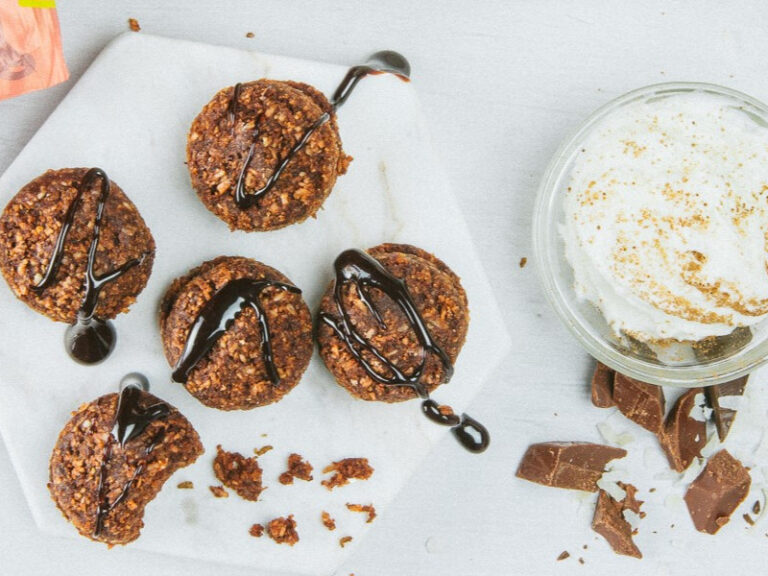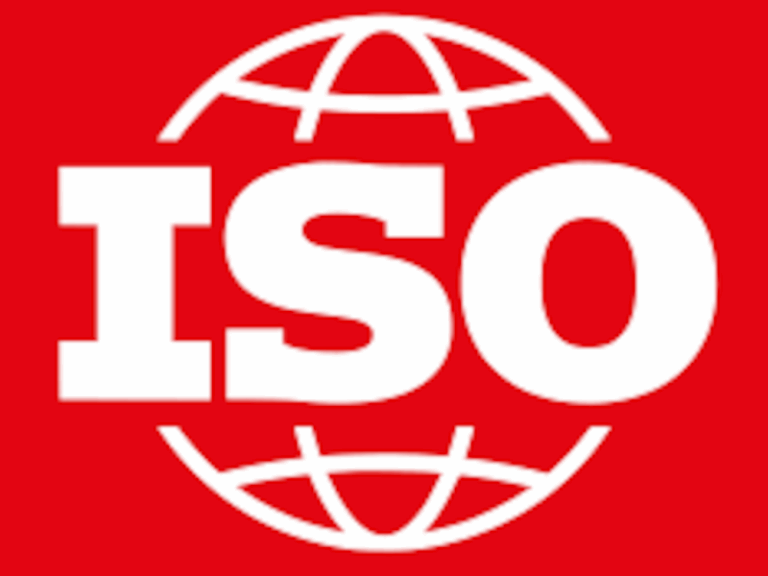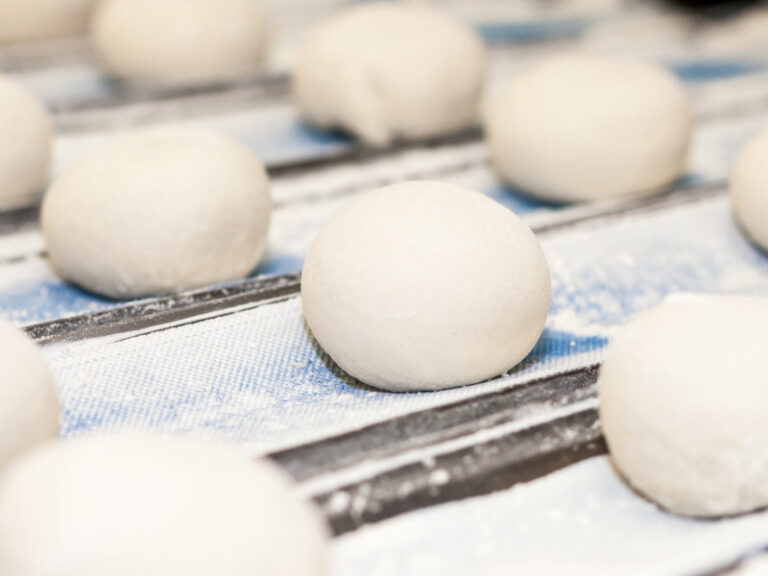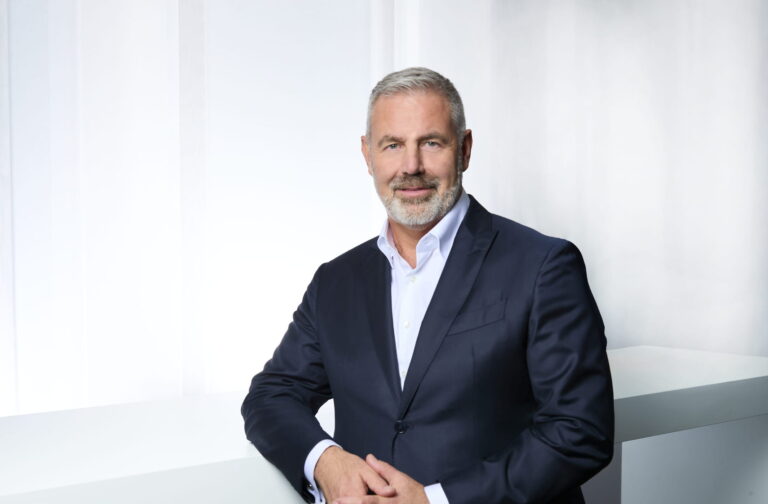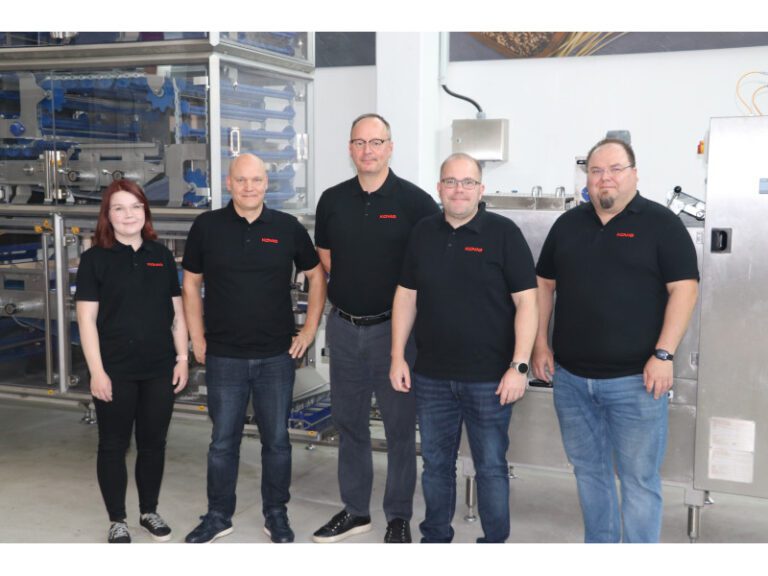Amidst mounting pressure to deliver variety, efficiency, and sustainability, the role of the oven is being redefined. Managing Editor Rebecca Spayne explores…
Twenty years ago, industrial ovens were judged almost entirely on how many loaves they could push through in an hour. While output obviously still matters, the yardstick is now far more nuanced. In 2025, a tunnel or rack oven is expected to guide heat rather than simply generate it; to harvest its own waste energy; to converse fluently with proofers, coolers, and ERP systems; and to switch recipes with the same poise a barista changes from espresso to flat white. The driver is not gadget lust but a confluence of pressures: consumers chasing variety and health cues, brand owners promising carbon reductions, investors seeking resilient supply chains, and production managers trying to square all of the above with unpredictable energy prices and chronic labour gaps.
Market Reality Check
The supermarket in 2025 is a battleground of micro-segments: keto rolls rubbing shoulders with sourdough baguettes; high-protein bagels parked next to seed-topped vegan buns. This fragmentation of the bakery aisle reflects deeper consumer trends around personalisation, dietary needs, and wellness. According to Nielsen data, the average European retailer has added 28 % more bakery SKUs since 2019. Meanwhile, promotional windows have shortened dramatically – from twelve weeks to six – forcing a far more dynamic and reactive production environment.
For industrial bakers, this means pivoting faster, running shorter campaigns, and validating new formulations with surgical precision – often on the fly. These changes must not compromise the core range that keeps the line profitable. And while new SKUs are often seen as innovation opportunities, they also introduce complexity and margin risk. At the same time, energy costs, although down from their 2022 peak, remain volatile and difficult to forecast. UK wholesale gas prices, for example, have swung by 65 % in the past twelve months. Add in stricter Scope 1 & 2 reporting rules under the EU’s Corporate Sustainability Reporting Directive (CSRD), and the calculus of oven investment changes significantly. A purchase that clipped a minute off bake time is now less attractive than one that can shave 15 % off gas usage, issue real‑time KPI dashboards, and accommodate tomorrow’s gluten‑free crust profile with no loss in quality or throughput.
Precision & Consistency
Running seeded crispbreads and soft brioche on the same belt is a thermal headache. Seeded pieces scorch easily; brioche, on the other hand, requires sufficient colour development without drying out its high‑sugar crumb. Traditional single-zone ovens tend to treat both products like the average of their needs. In practice, this compromise results in wasted product and sluggish changeovers while operators chase temperature set-points that never quite settle.
Enter multi‑zone, multi‑mode architecture. These advanced ovens can independently modulate top, bottom, and lateral heat. In some cases, they also introduce targeted steam or impingement air, enabling operators to sculpt bespoke thermal curves within a single pass. Integrated thermal cameras continuously monitor conditions and feed live data to AI algorithms that trim burner output or fan velocity every few seconds. This keeps product deviation below ±0.7 °C and allows for highly consistent results. The benefit goes beyond uniformity. If a dough piece arrives 3 mm thicker than usual, the oven can adapt instantly – before an operator even notices.
One standout example is MIWE’s “smart thermal map,” which delivers zone‑specific adjustments based on a continual energy‑balance model rather than relying on static recipes. Users report first-pass yield gains of 2-3 % across mixed SKUs – a meaningful boost in a market where wheat, sugar, and packaging have all climbed by double-digit percentages since 2021.
Energy Efficiency & Carbon
Ovens consume between 35 % and 45 % of a typical industrial bakery’s total energy budget. Reducing that consumption is therefore one of the fastest and most impactful ways to improve both carbon performance and operational costs. Manufacturers are approaching this challenge from three interconnected fronts: containment, recovery, and control.
First, containment. Better insulation, pressure‑sealed doors, and radiant‑barrier linings are being widely implemented to reduce skin temperatures and prevent heat bleed-off. These features keep thermal energy focused where it’s needed, rather than lost to the ambient environment.
Second, recovery. Technologies like flue‑gas economisers and regenerative burners are gaining traction. These systems capture exhaust heat and repurpose it to warm incoming make‑up air or service water, cutting fuel use without compromising bake quality.
Third, control. Continuous oxygen and humidity sensors are being used to fine‑tune combustion, minimising excess fuel consumption and ensuring the latent heat of evaporation is effectively harnessed. This precision avoids the pitfalls of over-firing and ensures more energy ends up in the product, not the atmosphere.
Covotherm’s latest modular tunnel oven exemplifies this holistic approach, integrating all three strategies. It boasts a 28 % reduction in gas usage compared to a 2017‑vintage reference line. These savings are validated by ISO 50001-compliant data logs, offering procurement teams reliable, auditable figures for carbon disclosure reporting. The system’s live Energy Intensity Dashboard (measuring kWh per kg baked) also empowers supervisors to benchmark performance across shifts and identify energy drift early – especially critical as more utilities adopt dynamic tariffs that penalise consumption spikes.
Read the full article in our latest issue here


